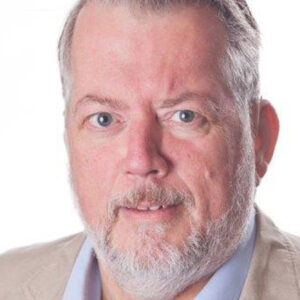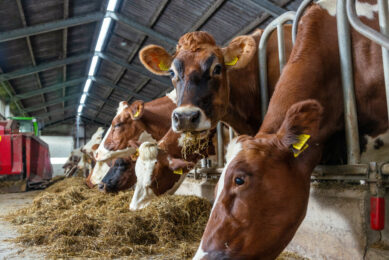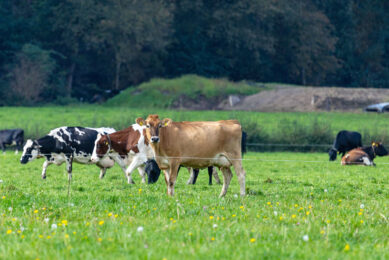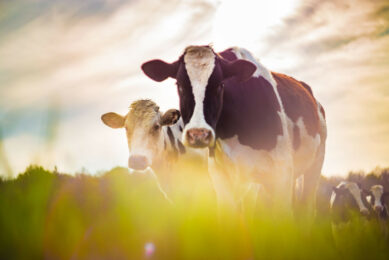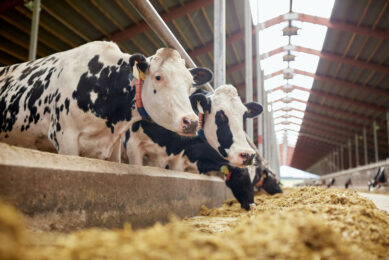GEA: Dairy cow manure solution takes off
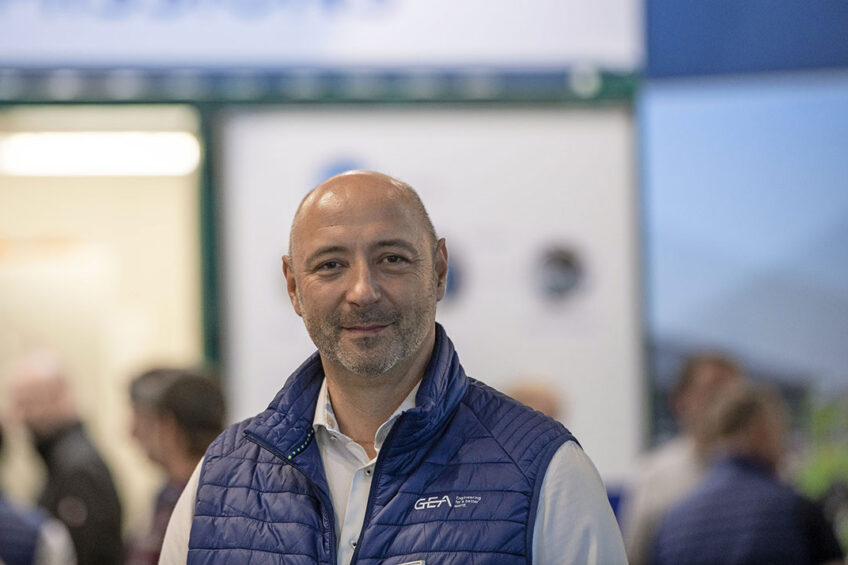
“Manure processing is crucial for GEA’s future,” says Peter Lauwers, CEO of GEA Farm Technologies. “We already had all kinds of solutions in place for milking and feeding. Manure is the 3rd branch of cattle farming, and we’ve not offered any solutions for this until now.”
GEA Farm Technologies announced a strategic partnership with N2 Applied at the latest edition of EuroTier. “We will be responsible for the worldwide production and sales of this manure processor for cattle,” says Lauwers.
Why do you need N2 Applied?
“Dairy production must grow 20-30% by 2030. However, this must be done with an improvement of the footprint, so nitrogen and methane emissions must be reduced. As I said, we did not have any solutions yet. Now we do. The remarkable thing is that chemicals are not needed in the N2 Applied process – only electricity.”
What does it cost and what are the advantages for farmers?
“The investment is €250,000 to €275,000 per unit, and 1 unit can generate value from the manure of 100 to 200 cows. A fertiliser substitute is created with 2-3 times as much nitrogen as the incoming manure, because nitrogen from the air is converted into a compound that is added to the manure. At the same time, a lot of methane and ammonia is captured, so the footprint will improve considerably. The payback period of the investment is 5-8 years.”
Does that require a lot of energy?
“Yes, about 35-40 kWh per k of nitrogen in the liquid fertiliser that is created. That is why your own solar panels are necessary. The installation switches on and off in a second, so you can use cheap electricity or switch off the installation if, for example, the farm needs a lot of electricity during milking.”
How big do you estimate the market?
“There are now 20 installations in operation in the EU and the US. For the first few years, we assume that 100 installations per year will be sold. From 2030 onwards, that number will be 1,000 per year. It is a development such as milking robots. It starts slowly and then it practically becomes the norm.”


